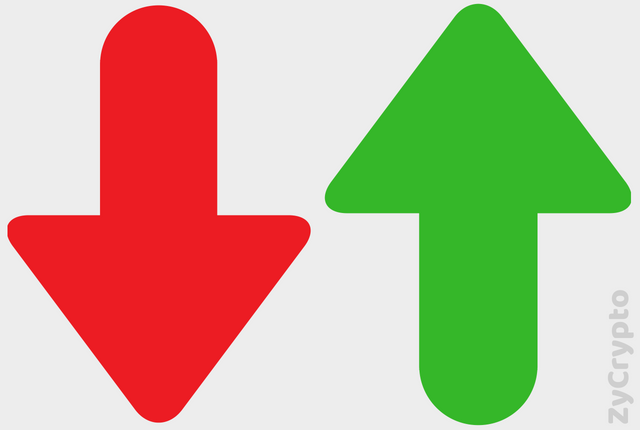Bitcoin and alts have seen a massive correction since they peaked in December 2017. Some people have predicted this to be the death of Bitcoin and of all the other coins that are collectively categorised as ‘shitcoins’ in crypto terminology. But this is not the first time Bitcoin has seen this level of correction.
If we zoom out, there were at least two major corrections in the past. One in 2011 when Bitcoin fell from $32 to $2 marking a 94% correction and in 2013-14 where it took over 400 days to correct from ~$1100 to $170, which is 85% fall from the peak then. Compare this to 2018 fall from $19,500 to a low of $5850 is only 70%. This is just to provide a perspective rather than claim that it will go further.
Bitcoin Bottom
After the peak, Bitcoin dropped three times to the zone of 5800 to 6400. That was not surprising considering the parabolic rise in price from ~$1000 to $19,500 in the last year. As mentioned before, this is 70% fall and if we were to look at the historical crashes – both of them followed a parabolic rise – there is still room for correction.
An 85% correction would be $2900 range and 94% correction would mean the price will be $1100 again. Although this seems highly unlikely considering the rate at which awareness is increasing and the decline in Bitcoin dominance.
Without getting into technical analysis, we could say that Bitcoin is very close to the bottom which will probably be in a $4485 range considering a 77% correction which is 9.5% less than the earlier correction of 2014, just like 2014 correction was 9.5% less than the previous one.
Alts Bottom
There is an interesting chemistry between Bitcoin’s moves and the money flowing into alts. Whenever Bitcoin makes a big move, alts drop. Although we cannot predict a same level of correction for all alts, we do know there is capitulation right through Bitcoin correction phase and then a gradual rise as Bitcoin floats on the bottom for some time.
When new money enters the market, we see a gradual rise in Bitcoin’s price as well as alts. Total market cap starts rising and as Bitcoin stabilises before its next parabolic rise, all money will drain out of alts into Bitcoin again. There is an alt season that follows Bitcoin’s rally every time before it enters the correction phase again.
Alts usually rally in sync and it is generally accepted, though statistically not perfectly accurate, that when Bitcoin’s dominance rises, alts go closer to the bottom. Bitcoin’s dominance is 52.9% in August 2018. At the last alts correction, it was 64.6% and the alts had lost value in Fiat and BTC terms. Although it is difficult to predict the exact bottom, we can see that we are quite close to it.
Recovery period
Bitcoin’s recovery in past two big crashes has been over a year. This means it took over a year to correct and then gradually touch the peak again. In this period it drops quite a few times and it flat lines at the bottom for several months. Since we haven’t yet seen that period of flat lining, it is safe to say that the correction is not done.
If we were to go by the history, we have quite a few months before the recovery process starts. And if I were to invest Fiat back for the next bull run, I would wait for a clear sign of recovery which would include consistently higher highs and higher lows or the smashing of $10,000 mark with some confidence.
Current price action
Bitcoin is currently trading at 6300 levels. While the market has a lot of shorts stacked, there isn’t any concrete indicator of consolidation. There is support at $6290 and a big support at $5825 while resistance at $6800 and $7800 levels.
Alts have drained out in USD as well as BTC terms. However it is not a clear indication of the bottom so being cautious while entering alts.
Conclusion
Mark Twain said, “History doesn’t repeat itself, but it does rhyme”. We cannot predict the exact percentages. But with these indicators, we can reasonably predict which way the tide is turning.







